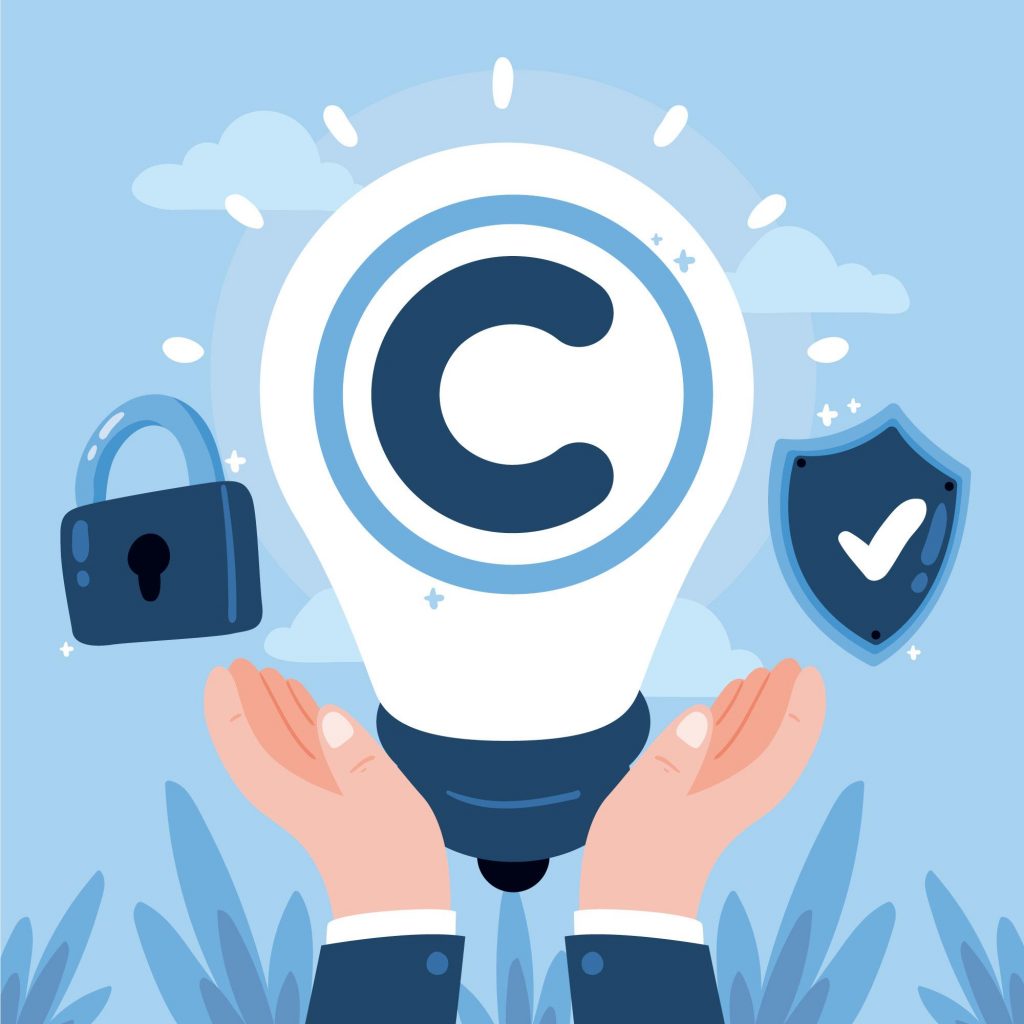While the country and the entire world is continuing its fight against the COVID-19 pandemic, offices and governments across the entire globe have not stopped working and have always ensured the best for its countrymen.
Not very long ago, the Indian Designs Office notified the Designs (Amendment) Rules, 2021 and now the Copyright Office (hereinafter referred to as ‘CRO’) too has notified the Copyright (Amendment) Rules, 2021. It is also pertinent to note that this move comes right before the recent abolishment of the Intellectual Property Appellate Board (hereinafter referred to as ‘IPAB’).
The Copyright Rules, 2013 was last amended in the year 2016 subsequent to which, it was done recently.
The objective of the Amendment
The major objective of the amendment is to bring the existing rules in parity with the other related legislation not only intellectual property laws but also other general and specific laws. Vide the amendment, the CRO aims to ensure smooth and flawless compliance of legal requirements, keeping in mind the technological advancements in this digital era. This has been carried by converting to and encouraging ‘electronic communication’ as the primary mode of communication for all official purposes.

The Amendments
- Electronic Communication – As mentioned above, the CRO is emphasizing and encouraging electronic means of communication. However, registered post as a means of communication is still an accepted form.
- Copyright Journal – Similar to that of trademarks, a Copyrights Journal has been introduced and would be made available on the official website. This replaces the Official Gazette and eliminates the requirement for publication in the Gazette.
- Appellate Board – The amendment rules have provided for the substitution of the ‘Copyright Board’ with the ‘Appellate Board.’ This has further implications when read with The Tribunals Reforms (Rationalisation and Conditions of Service Ordinance), 2021 (Ordinance) where references to the Appellate Board in IP Acts including the Copyright Act have been substituted with ‘Commercial courts.’
- Accountability and Transparency – The onus has been placed on copyright societies whereby they are now required to draw up and make public an ‘Annual Transparency Report’, which primarily contains information such as:
a. report on the activities in the financial year;
b. number of refusals to grant a license;
c. financial information on total royalties collected;
d. the total royalties paid to the author and other owners;
e. the total royalties collected but not yet attributed to the author and other owners;
f. the total administrative deductions made from royalty collected;
g. the details and use of the amounts deducted for the activities conducted under the welfare scheme as provided under rule 67; and
h. Information on amounts received from and paid to the foreign societies or organization
In addition to the above, provisions have also been made to deal with undistributed royalty amounts and the use of electronic and traceable payment methods for the collection and distribution of royalties.
- Copyright for Software – The compliance requirements for registration of copyrights in software applications have been largely reduced and relatively simplified. The Applicant is now given the liberty to file the first ten (10) and last ten (10) pages of the source code or the entire source code itself if the entire source code is less than twenty (20) pages and no parts are blocked or redacted.
- Self-Limitation on the Central Government – In an interesting turn of events, the central government too has imposed self-accountability and responsibility. The time limit for the Central Government to respond to an application for a copyright society is extended to one hundred and eight (180) days so that the application can be scrutinized carefully before passing an order.
The amendments make for interesting developments, in terms of requirements for software registration as a copyright, Copyright Journal to name some. Let us wait and watch how it unfolds now!
This article is written by Adyasree Prakriti.
Editorial Staff
Editorial Staff at Selvam and Selvam is a team of Lawyers, Interns and Staff with expertise in Intellectual Property Rights led by Raja Selvam.
Vulgar Trademarks ; Suit up – It’s time for free love.
Going through over thousand trademarks published each week in the Indian Trade Marks Journal is a rather cumbersome task, but the marks that you come…
Exhaustion of trademark rights in India – The whole world is one market, or is it?
The Division Bench of the High Court of Delhi says it is, after having ruled in favour of “International Exhaustion” in the case of Kapil Wadhwa vs.…
Recategorization of Patent Applicants and Implementation Barriers to Rule 7(3) of The Patents Rules
The Patents (Second Amendment) Rules, 2020 (hereinafter referred to as the ‘amendment rules’) that came into force on November 4, 2020, primarily…
